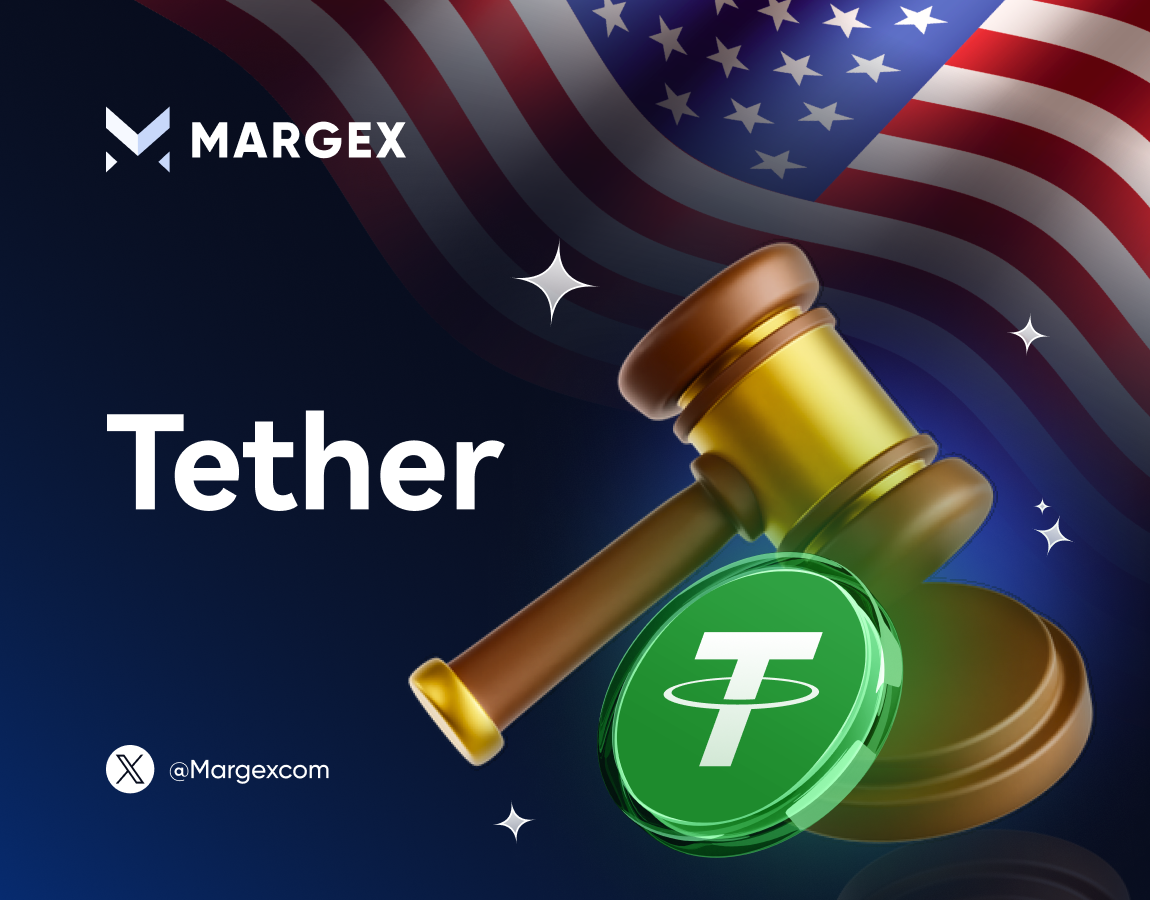What Is Going on with Tether: USDT Scrutiny Recap In Light of News About New Criminal Probe

Tether (USDT), a stablecoin with the largest market capitalization on the market, has faced legal actions and public (plus governmental) scrutiny since the time it was created. Tether marketed USDT as a stablecoin pegged to the US dollar and fully backed by dollars that it stores in reserve.
Tether Faces Scrutiny and User Distrust in the Past Years
Thanks to this promotion campaign of stability Tether became widely popular with traders around the world by providing liquidity on digital exchanges and without the volatility that regularly surrounds other cryptocurrencies. However, questions and doubts regarding the actual backing of Tether reserves have caused numerous legal cases against the company, regulatory scrutiny and the skepticism against USDT that many within the crypto community share.
For many years, traders, analysts, and investors questioned Tether’s constant claim about each USDT token being backed on a 1:1 basis by its cash reserves. The suspicions were fueled by the total lack of transparency noticed around the company’s financial statements and reserve audits in 2019. Back then, the suspicions escalated when Tether’s legal filing admitted that only 74% of USDT was supported by cash and cash equivalents contrary to the original claims made by Tether. Instead, it turned out that Tether’s reserves comprised a mixture of various assets – cash, commercial paper, and other securities, rather than keeping the entire reserves only in cash.
These issues revolving around the lack of transparency resulted in legal action in New York in 2021. In that year, Tether and the major cryptocurrency exchange Bitfinex (the companies that share one top management team) succeeded in settling a lawsuit initiated by the New York Attorney General (NYAG) that made allegations about Tether and Bitfinex misrepresenting assets that backed USDT.
Tether was forced to pay a fine of almost $19 million but it never admitted any wrongdoing. Still the investigation made by the NYAG revealed that Tether had used the funds that were meant to back USDT for covering up a massive $850 million in customer and corporate funds held by Bitfinex. After that public case, Tether was legally required to regularly file reports about its reserve holdings and their content to the public. Despite this, numerous critics still believe that these reports are not as informative as full and independent audits would be.

Market Manipulation Allegations against Tether
Before the aforesaid lawsuits, Tether also was also taken to court with class-action lawsuits as it was alleged to have orchestrated market manipulation and false advertising. One of those suits was filed against Tether in 2019. It alleged that the USDT issuing company had manipulated the Bitcoin price, fueling its bull run in 2017, when BTC for the first time ever spiked to $20,000. The plaintiffs insisted that back then Tether had minted USDT tokens backed by nothing and used them to increase the Bitcoin price, along with other cryptos, in an artificial manner.
Tether’s legal team denied those allegations, and the lawsuit was eventually dismissed. Still, it underscored that investors and analysts had deep concerns that Tether could be manipulating the cryptocurrency market using its unverified reserve claims.
After than, the media also spread reports that the US Department of Justice (DOJ) considered beginning investigations against Tether but never actually started anything. Recently, already in October 2024, the WSJ published an article which stated that the US government began a criminal investigation against Tether. According to the Wall Street Journal, the investigation concerned potential violations of anti-money laundering. The investigation reportedly led by the U.S. Attorney’s Office in Manhattan was looking into whether any third parties used USDT tokens for funding illicit activities. However, no official charges were made against Tether.
When this news was spread on Friday last week, the Bitcoin price immediately reacted by plunging nearly 3%, falling from $68,300 to $66,500.
Paolo Ardoino, who had by that time become the company’s CEO, publicly denied those rumors on his X account, addressing the crypto community, calling those rumors “unequivocally false.” He stated that Tether’s operations fully comply with regulations practices both by US and international regulators, adding that the company constantly cooperates with regulators to ensure the compliance takes place. This statement quickly helped Bitcoin to partially recover its losses and the price went back up to $67,200.

Still, Tether’s ability to maintain its dollar peg has had a profound effect on the cryptocurrency market since it plays an important part on crypto exchanges as a liquidity provider. Despite all the past and ongoing controversies and legal scrutiny, USDT remains the market leader as the most widely used stablecoin.



